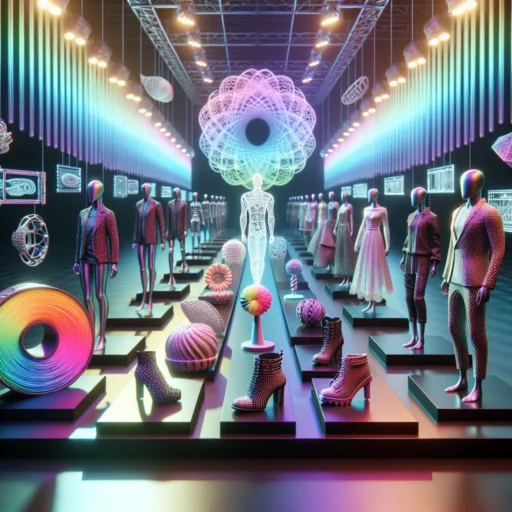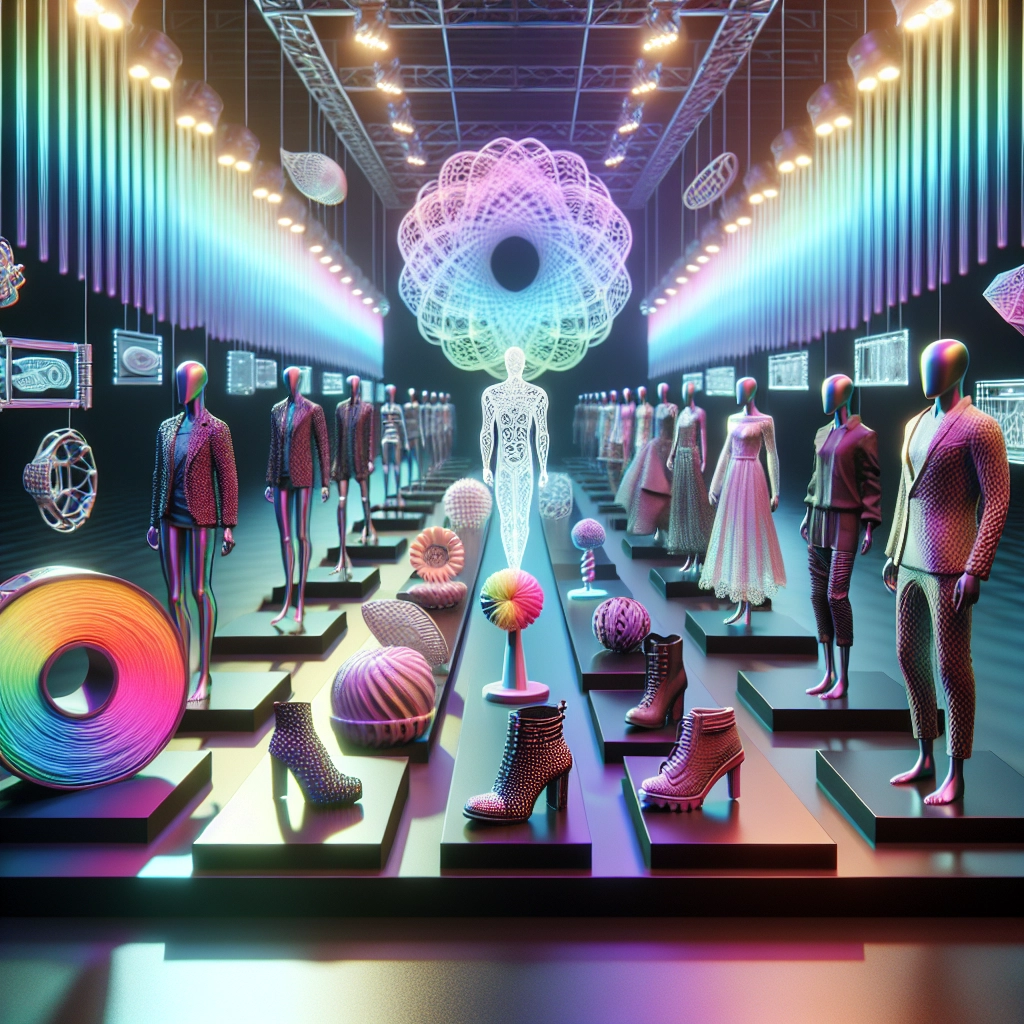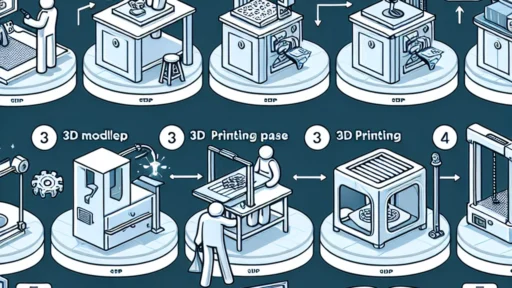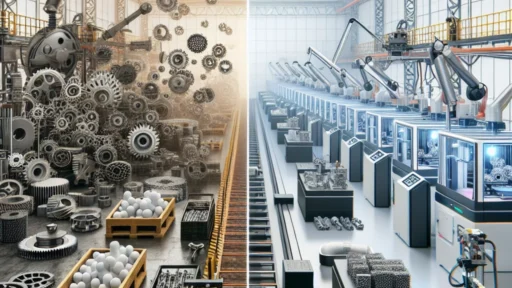Exploring the Potential of 3D Printing in Fashion
Imagine walking into a fashion boutique where every piece you see is not just unique but also made specifically for you—your measurements, your style, and even your choice of colors and materials. Welcome to the fascinating world of 3D printing in fashion! This technology, once reserved for prototyping in industries like aerospace and automotive, is now revolutionizing how we create and consume clothing and accessories.
The Creator’s Canvas
3D printing allows designers to step away from the traditional limits of fashion design. Instead of relying on fabric scraps and sewing techniques, they can use advanced software to create complex and intricate structures. Think of it like sculpting, where every piece is designed digitally before being brought to life layer by layer. This opens up a whole new set of possibilities for textile design.
One exciting aspect of this technology is the ability to create materials that were once deemed impossible with conventional methods. Imagine dresses that can change shape or texture depending on your mood or the occasion! Designers can infuse flexibility into designs, allowing pieces to be both visually stunning and practical.
Customization—Your Personal Style
Customization is another game changer. With 3D printing, no two pieces need to be alike. Fashionistas can easily personalize garments to reflect their unique styles. Wouldn’t it be cool to have shoes that are not only trendy but also designed to fit your feet perfectly? Or a bespoke handbag that marries your aesthetic with unparalleled functionality?
On-demand production means fewer unsold items piling up in warehouses, which often leads to waste in the industry. Instead, brands can produce items that their customers actually want, creating a more sustainable approach to fashion. As consumers become more conscious of sustainability, brands that offer personalized and responsibly made items will likely have a significant edge.
The Fusion of Technology and Artistry
But the relationship between fashion and technology doesn’t stop at production methods. It extends into the realm of artistry as well. Designers like Iris van Herpen are known for their breathtaking 3D-printed couture pieces that often look like they belong in a sci-fi movie. These avant-garde creations challenge our perceptions of fashion and encourage us to think about clothing not just as something to wear, but as a form of artistic expression.
Moreover, 3D printing technologies are becoming increasingly accessible. What once required hefty investments in equipment and software can now be done in smaller labs or even at home. This democratization of fashion technology has the potential to empower aspiring designers and artists to explore their creativity without the barriers traditionally associated with the fashion industry.
Environmental Impact
Speaking of sustainability, 3D printing also holds the power to minimize the environmental impact of the fashion industry. Traditional fashion production can be incredibly wasteful, leading to piles of fabric scraps and unsold inventory. By using 3D printing, brands can make exactly what they need, reducing excess waste. Additionally, there’s an increasing focus on bio-materials, which means we could soon see clothes made from sustainable sources like recycled plastics or even organic materials—think garments that are not only stylish but eco-friendly too.
Challenges Ahead
Of course, as promising as it is, 3D printing in fashion doesn’t come without its challenges. For one, the technology still needs to mature, especially when it comes to producing garments that are both durable and comfortable. The speed of production can also be an issue; while traditional methods allow for scalability, 3D printing is often slower, making it less viable for brands aiming for high volumes.
Moreover, there are questions regarding intellectual property in this digital age. As designs become available online and can be printed by anyone, how do we protect the creativity of designers? Finding a balance between innovation and protecting original creations will be vital as we move forward.
Looking Towards the Future
As we navigate the future of fashion, the potential of 3D printing seems boundless. With ongoing advancements in technology, it’s no doubt that we’ll continue to see creative and innovative designs emerge. The marriage of artistry and technology in fashion could reshape not only how we dress but also how we think about what we wear.
In a world that increasingly values uniqueness and sustainability, the rise of 3D printing in fashion doesn’t just offer new possibilities for designers—it invites all of us to rethink our relationship with clothing. It’s about embracing individuality, creativity, and, ultimately, a brighter, more sustainable future in fashion. So, next time you slip on a garment, consider this: it might just be the result of a fusion between the craft of fashion and the promise of technology. The future of what we wear is only just beginning!






